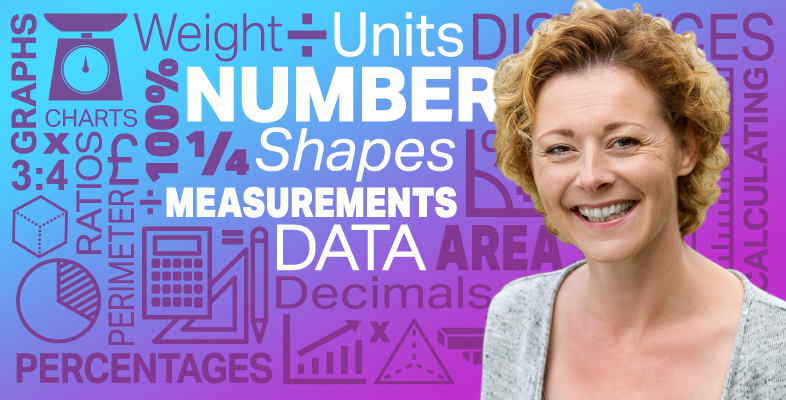Multiples and square numbers
When dealing with multiplication, it is important to know the meaning of multiples and square numbers.
Multiples
A multiple of a number can be divided exactly by that number. So for example, 12 is a multiple of 2, 3, 4 and 6, because:
2 × 6 = 12
4 × 3 = 12
Activity 9: Looking for multiples
Look at the following row of numbers, and then answer the questions below.
12, 17, 24, 30, 39, 45, 52, 80
- Which of these numbers are multiples of 2?
- Which of these numbers are multiples of 3?
- Which of these numbers are multiples of 5?
- Which of these numbers are multiples of 10?
Answer
- 12, 24, 30, 52 and 80 are multiples of 2.
- 2 × 6 = 12
- 2 × 12 = 24
- 2 × 15 = 30
- 2 × 26 = 52
- 2 × 40 = 80
- 12, 24, 30, 39 and 45 are multiples of 3.
- 3 × 4 = 12
- 3 × 8 = 24
- 3 × 10 = 30
- 3 × 13 = 39
- 3 × 15 = 45
- 30, 45 and 80 are multiples of 5.
- 5 × 6 = 30
- 5 × 9 = 45
- 5 × 16 = 80
- 30 and 80 are multiples of 10.
- 10 × 3 = 30
- 10 × 8 = 80
Square numbers
A square number is made when you multiply any whole number by itself. For example:
1 × 1 = 1
2 × 2 = 4
3 × 3 = 9
Hint: Square numbers are commonly shown as: 12 (meaning 1 × 1), 22 (meaning 2 × 2), 32 (meaning 3 × 3), etc.
Activity 10: Identifying square numbers
You have been given the square numbers up to 3. Following the pattern, what are the square numbers from 4 to 12?
Answer
The answers are as follows:
4 × 4 = 16
5 × 5 = 25
6 × 6 = 36
7 × 7 = 49
8 × 8 = 64
9 × 9 = 81
10 × 10 = 100
11 × 11 = 121
12 × 12 = 144
